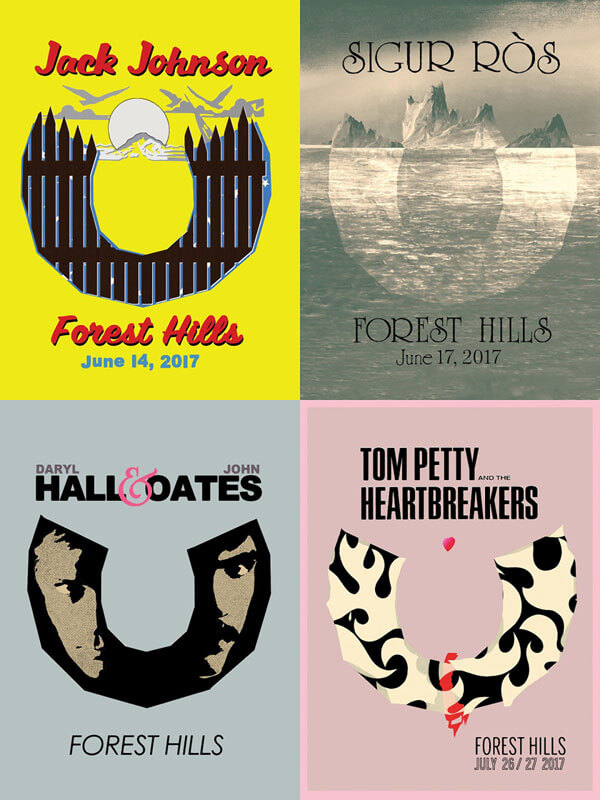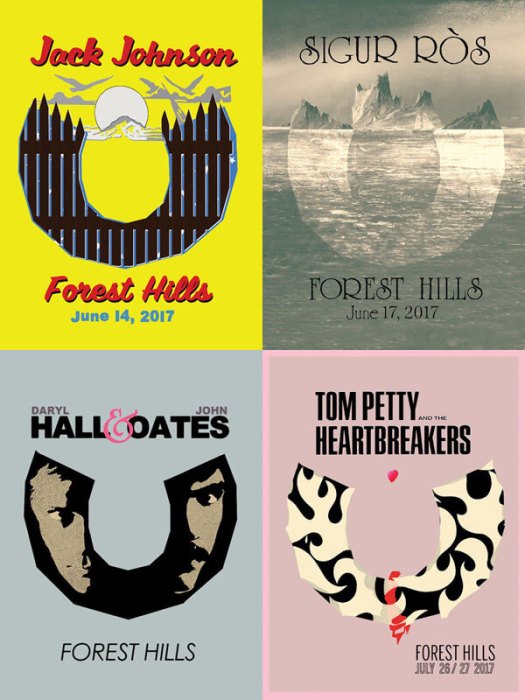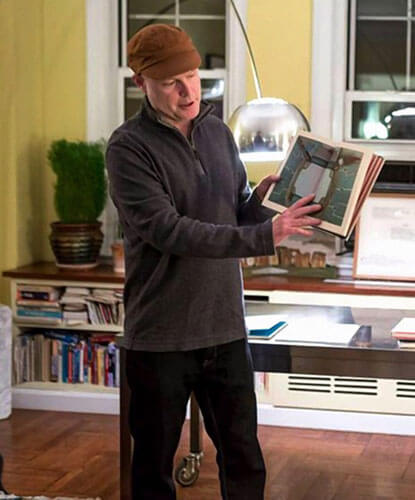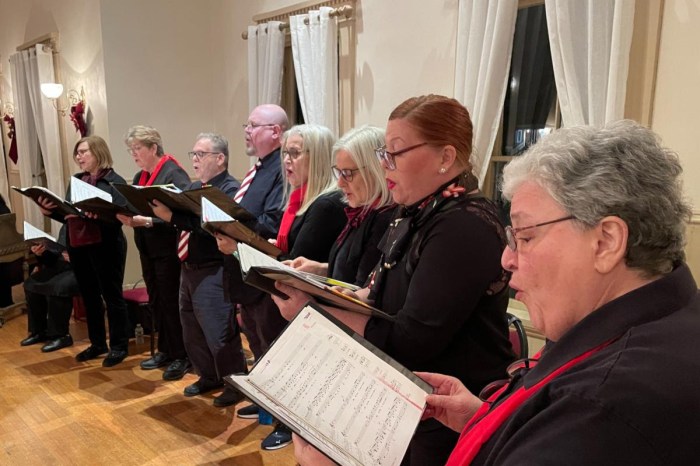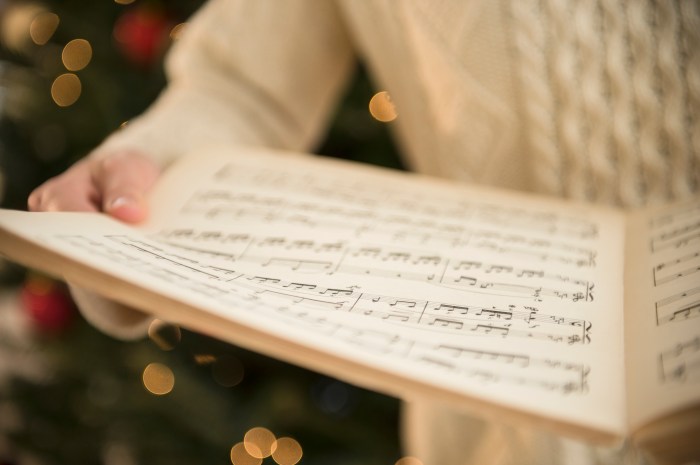By Tammy Scileppi
Some artists have a lover or a favorite model as their muse, but for Bill Sullivan, he draws inspiration from a sport — and a stadium.
His lifelong obsession with all things tennis, and a resulting fascination with one of the sport’s most historic venues, ultimately led to a book about Forest Hills Stadium, as well as a close and ongoing collaboration with the arena itself.
The book, called simply “Forest Hills,” after the idyllic neighborhood that is also the arena’s namesake, is a loving appreciation of the stadium during its heyday in the last century as a world-renowned tennis center.
With a mix of vintage tennis photos and other images of Forest Hills Stadium, Sullivan’s book shows how well the iconic arena fit with the community around it.
“It was built like a cathedral of tennis to let the community in,” Sullivan said
The Jackson Heights native has been working with the stadium in a creative capacity since 2014, and has lent his artistic vision to the four-year renovation than has just concluded.
Working with Mike Luba, the stadium’s event promoter who has also been in charge of the rehabilitation project, Sullivan has created artwork evoking the venue’s musical and sporting past, as well as curating the display of vintage concert posters and historic postcards and other artifacts uncovered during the renovations.
In fact, since Sullivan’s book so closely follows the history of the site as it evolved and was transformed through the decades, the artist said it has been used as a sort of template during the stadium’s makeover. His goal was “to re-create what it looked like at different times in the past, so we were able to carve a unique identity that had continuity from the past,” he said.
Sullivan said he is particularly proud of the aesthetics of the reopened floor area.
“With this change, the space is returned to its original amazing coliseum-like form, with all of these doorway-like openings and rooms framing the floor again,” he said. “The effect is so wonderful and timeless — and that had been lost for over 60 years before I was able to show how it might look again like that.”
Several of the nine hidden VIP lounges reflect the artist’s touch. Sullivan said he teamed up with Luba, as well as Jason Grandt, who is in charge of site operations, to work on distinct designs for those special rooms. One such speakeasy features a “tennis wall of the past,” and displays two tennis rackets hanging above old photos of tennis stars who played there back in the day.
Sullivan also helped create new blueprints from old stadium photos, so that, for example, the long-ago-scrapped iron gates from yesteryear could be recreated and returned to their original position over the stadium’s interior arches.
Sullivan also creates concert posters for the stadium’s music events, and takes pains to always incorporate the amphitheater’s signature horseshoe shape into each design.
“The posters show how this horseshoe is transformed into a new identity every time an act plays here,” Sullivan said.
Participating so closely in the renovation of his beloved arena gave Sullivan a rare opportunity for an artist — a change to see his visions become reality.
“There’s some real satisfaction to see things that were once just images now actually come to life and become real spaces,” he said. “I had this very specific knowledge and understanding of the lost place. For me it was almost like Atlantis. It was an understanding derived mostly from studying old photos and aerial images of a space that I thought at the time would only be used to make art and a picture book.
“But instead I have gotten to put that knowledge and understanding to use, and help work with others to make the place live again, partly through this prism of my understanding of its past.”

